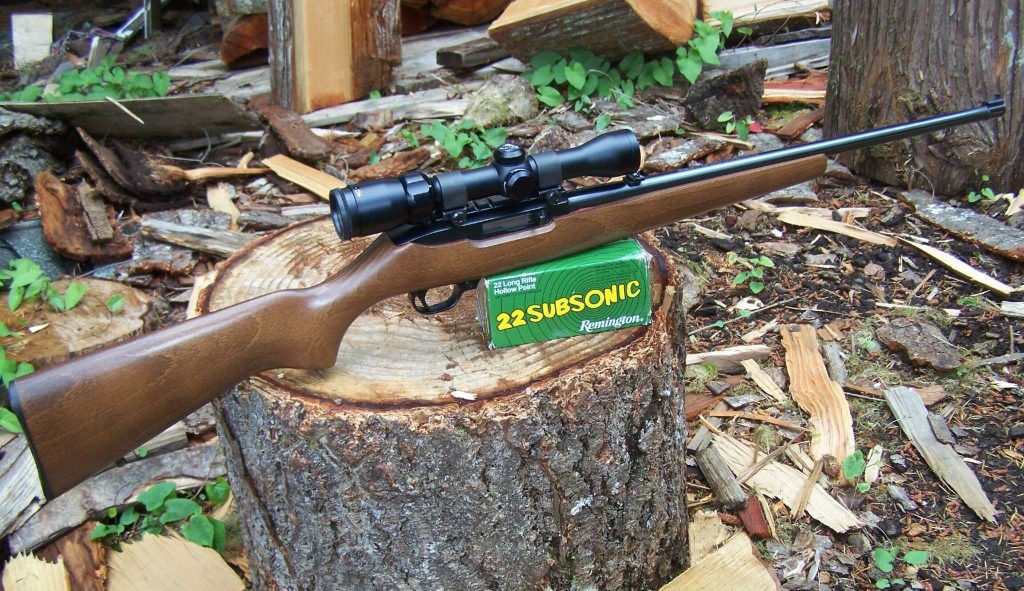
The Vermont hunting season for gray squirrels begins September 1 and continues through December 31, according to the Vermont Fish and Wildlife Department (VFWD).
Now would be a very good time for small game hunters in the Green Mountain State to be checking the zero on their rimfire rifles. As noted in a release from the agency, “In Vermont, gray squirrels are often hunted with a .22 rifle, a shotgun or archery equipment.”
“Vermont has a healthy population of gray squirrels, concentrated in southern Vermont and the Champlain Valley,” said Hunter Education Coordinator Nicole Meier. “They’re a fantastic small game species for new hunters to learn the basics of reading the landscape, making a safe and ethical shot and cooking wild game.”
The department recommends that squirrel hunters wear a blaze orange vest or hat anytime they are afield.
The best habitat for squirrel hunting is stands of nut-bearing trees like oak, hickory and beech. The daily bag limit is four gray squirrels, and the possession limit is eight.
“Gray squirrels are incredibly tasty — many would say better than rabbit,” said Meier. “You can find great gray squirrel recipes in classic cookbooks, trendy culinary magazines, and of course anywhere that publishes wild food recipes.
According to the VFWD website, “Squirrels are Vermont’s most overlooked game animal. ‘Bushytails’ can be found wherever mature stands of oak, hickory, and beech trees provide them with abundant nuts, especially in the Southwestern Foothills, Champlain Valley, and along the Connecticut River in the Eastern Foothills. Although lightly hunted in Vermont, squirrels are a real challenge when stalked with a .22 rifle, and their delicate meat compares favorably with rabbit.”
On the subject of rabbits, the season for cottontails and snowshoe hares begins on the last Saturday in September, which this year falls on the 28th. The season continues through autumn and winter, wrapping up on the second Sunday in March.
“Cottontail rabbits are primarily found in the Southwestern Foothills and Champlain Valley, including the Champlain Islands,” the agency website notes. “They favor the varied habitat in agricultural lowlands, and are commonly encountered in brushy hedgerows, overgrown fields, briar thickets, and shrub-filled creek bottoms. Kicking up cottontails on a crisp fall day is an excellent challenge, whether hunters elect to chase them with a dog and shotgun or stalk them with a .22 rifle.
“Snowshoe or Varying Hare are found statewide but are most abundant in areas with active forest management, particularly in the Green Mountains and Northeast Kingdom,” the agency says. “The greatest concentrations are found in areas with dense, low-growing softwood stands, such as cedar swamps, spruce bogs, and cut-over areas with thickets of young spruce and fir. Snowshoes have seasonally white coats and large hind feet, adaptions that let them remain active throughout the winter. They are a favorite of hunters with hounds because they prefer to run a hard race rather than hole-up, as cottontails often do when hard pressed.”



